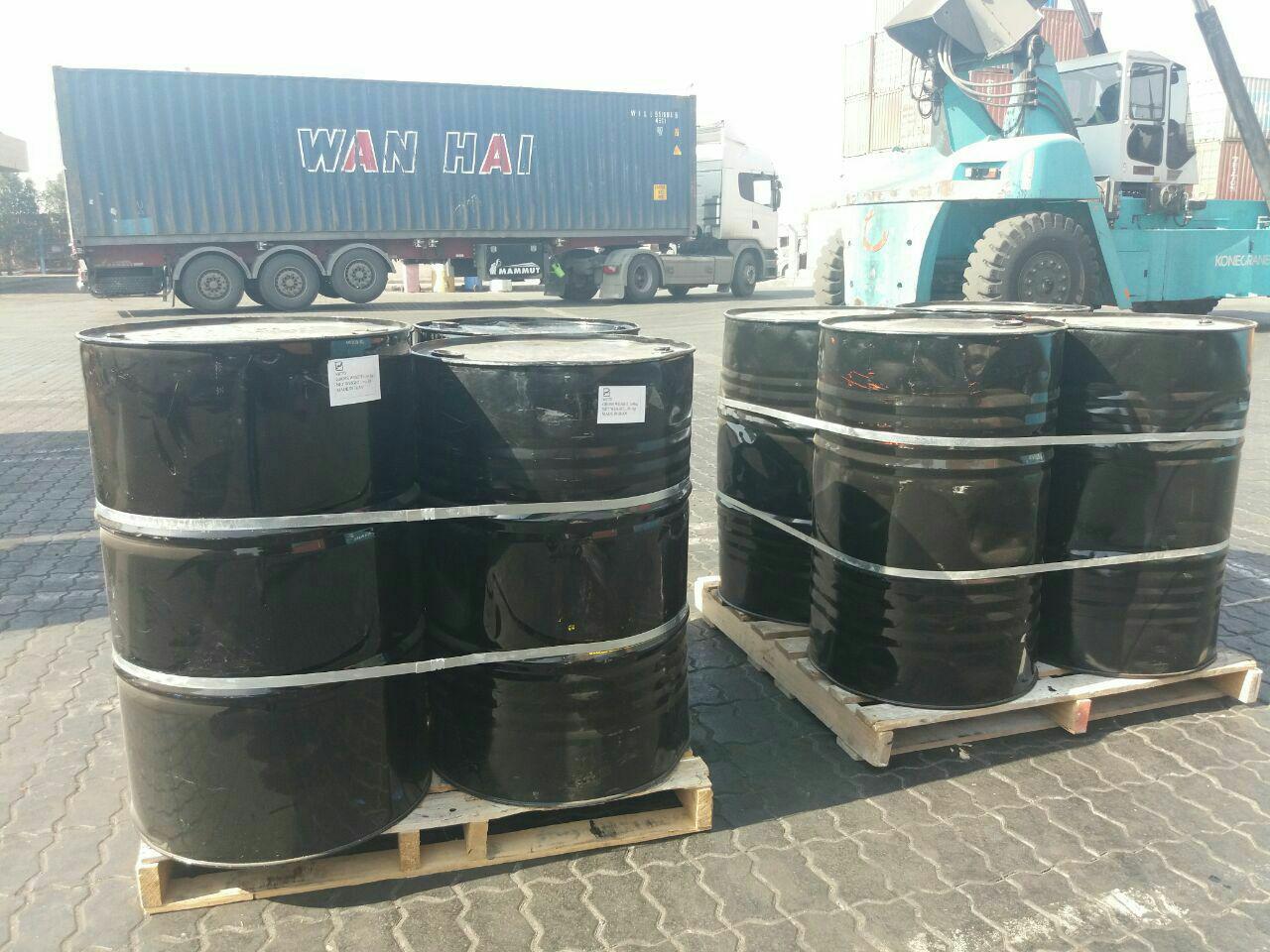
Cationic and Anionic bitumen emulsifier

Bitumen emulsion is producing based on two types of emulsifier
are based on fatty acids, these are reacted with a base such as caustic potash or caustic soda (KOH or NaOH ) to form a salt. It is this salt that is the active emulsifier.
The non-polar tail is hydrophobic and hence aligns itself inward to the Asphalt. The polar end is hydrophilic and hence provides the solubility in water. The emulsifier thus attaches itself to the Asphalt particle. The number and density of emulsifier molecules that do this will impart a charge to the surface of the Asphalt particle. This charge will be exactly balanced by the free charges in the water phase. This will be the sodium or potassium ion of the salt.
The products that are used for this process are usually mixtures of fatty acids, these will impart different levels of charge or Zeta Potential to the particles and give a balance of properties.
Another emulsifier for slow setting emulsions worth mentioning is Vinsol. This is a wood resin. The emulsifying species is the salt of a long chain derivative of abietic acid.
are based on acid salts of amines prepared from fatty acids. These may be fatty diamines, fatty quaternary ammonium compounds or ethoxylated derivatives. The type of emulsifier determines the number of charges that are on the surface of the Asphalt. Thus they determine the zeta potential. Zeta potential is an important concept to grasp as most emulsion properties flow from it or as a result of it.
Zeta potential is the electrical potential between the surface of the Asphalt particle and the bulk solution. The zeta potential is determined by the emulsifier adsorbed onto the surface of the Asphalt. A double layer of ions and counter ions exists in the solution surrounding each particle of Asphalt. The form of the double layer depends on the concentration and ionic density of the emulsifier and the PH.
A large zeta potential indicates a greater double layer, faster movement and greater repulsion between particles. Larger repulsion produces more stable emulsions.
The PH affects the way in which the Asphalt adsorbs emulsifier and so is critical to the double layer and thus Zeta potential.
Increasing the concentration of the emulsifiers compresses the double layer; this in fact decreases zeta potential but the increased amount of surfactant increases stability by increasing colloidal protection. For this reason, it is always better to choose the emulsifier for the application rather than attempting to slow break or make it more rapid by adjusting emulsifiers concentration. In cationic emulsions, it is often not possible to make a slow set using a rapid set emulsifiers due to the very high zeta potential of such emulsifiers.
